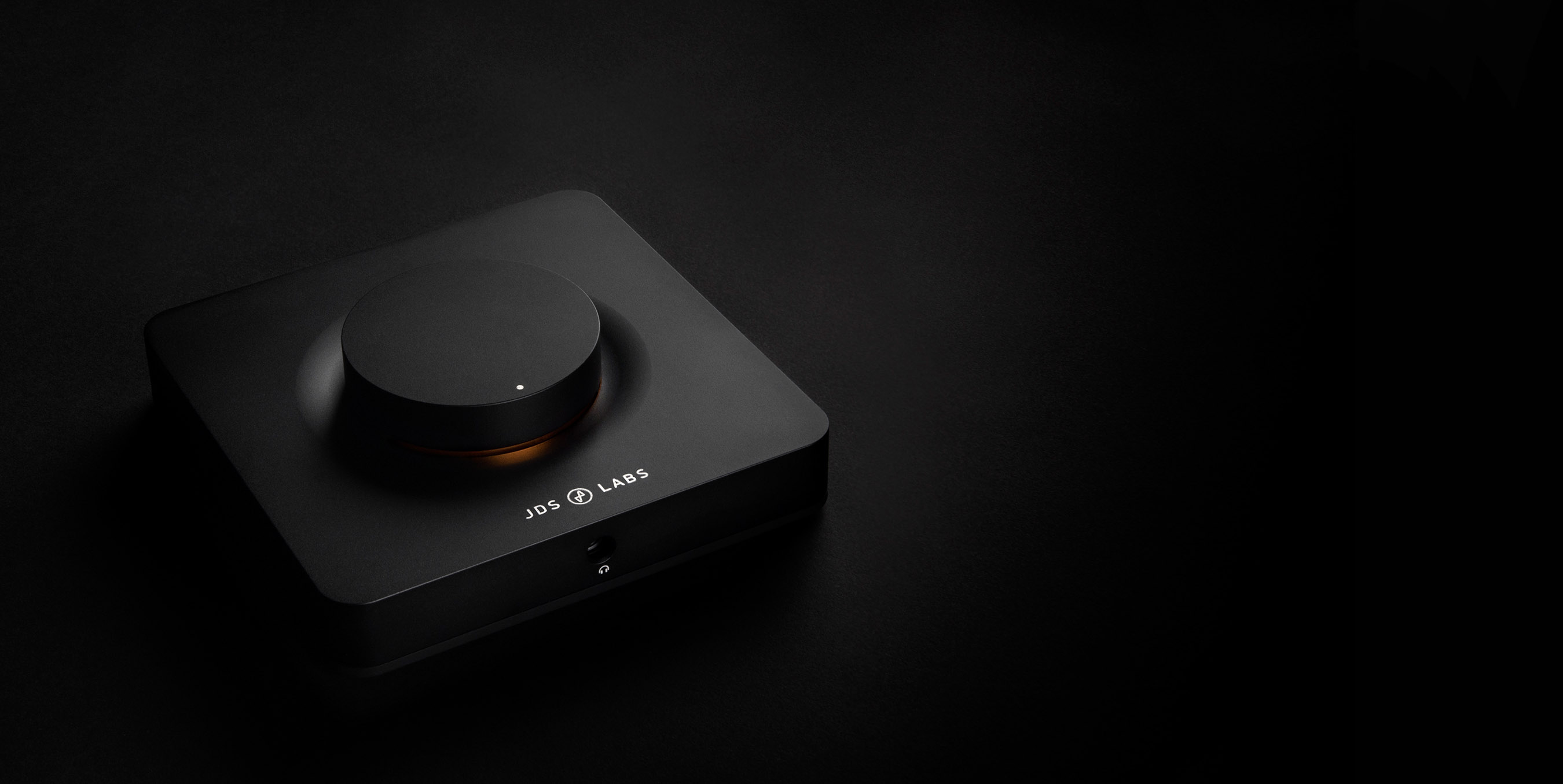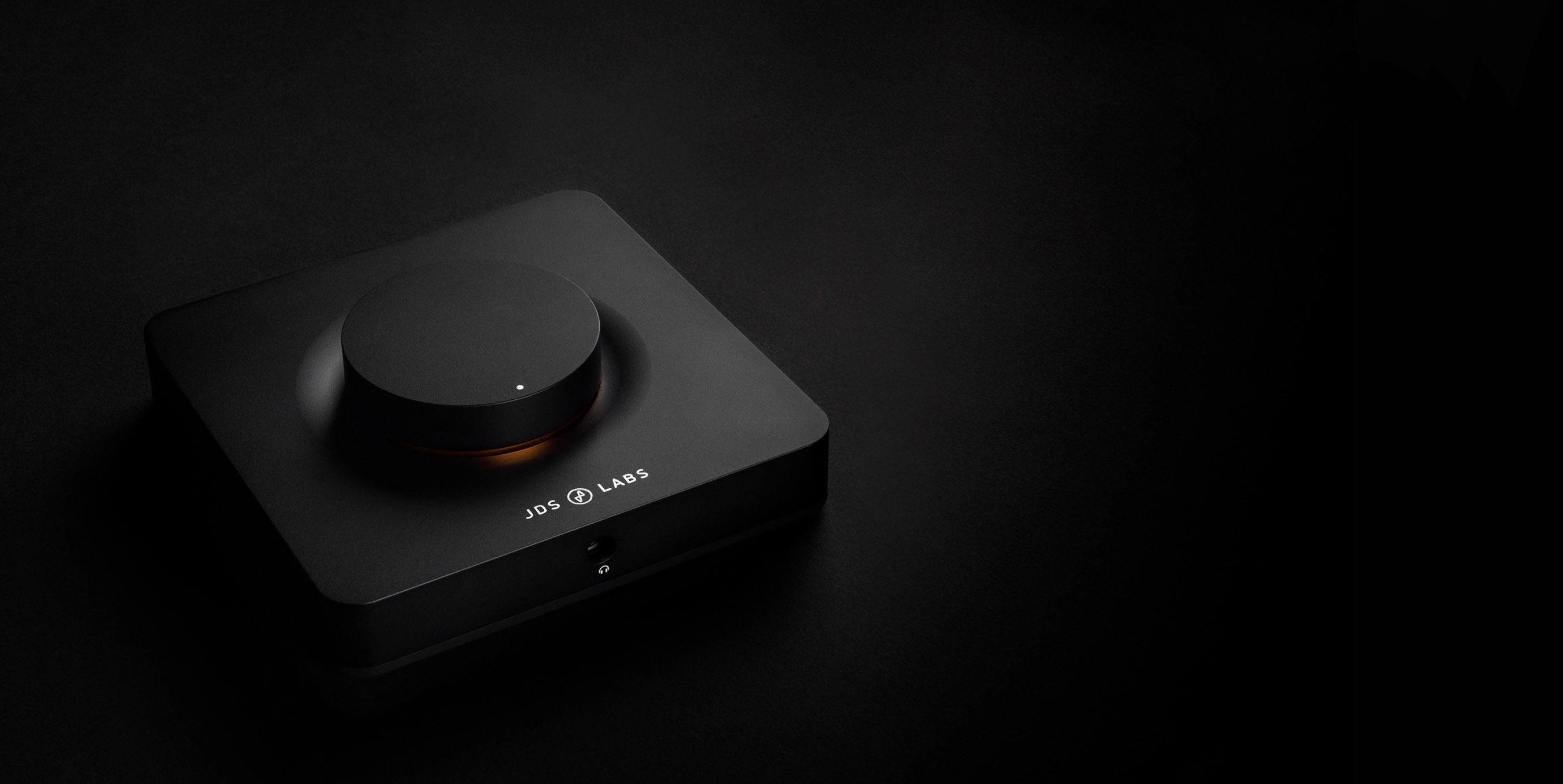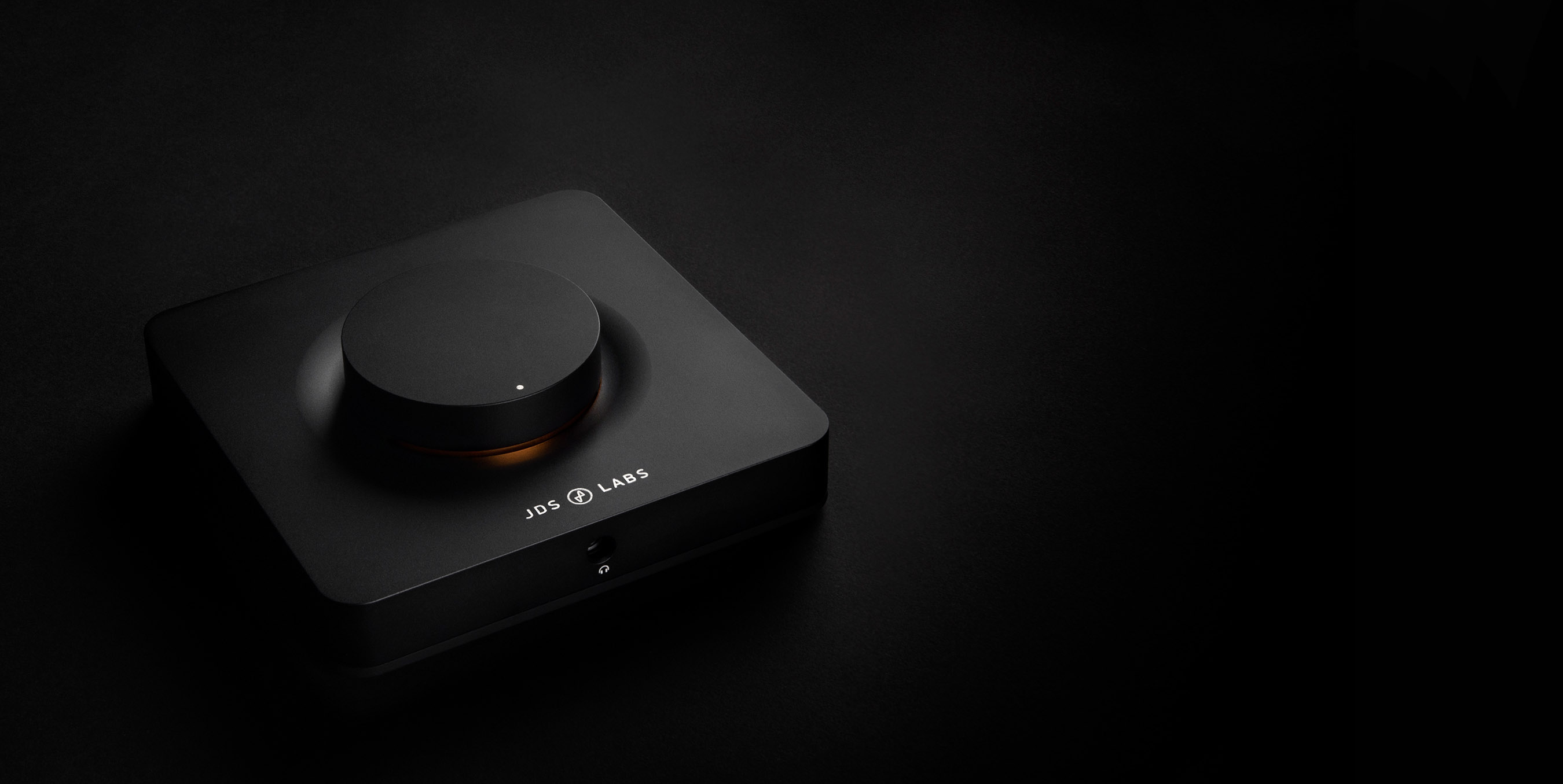
Retired
Amps + DACs
Element II
This product has been discontinued. You might be interested in Element IV.
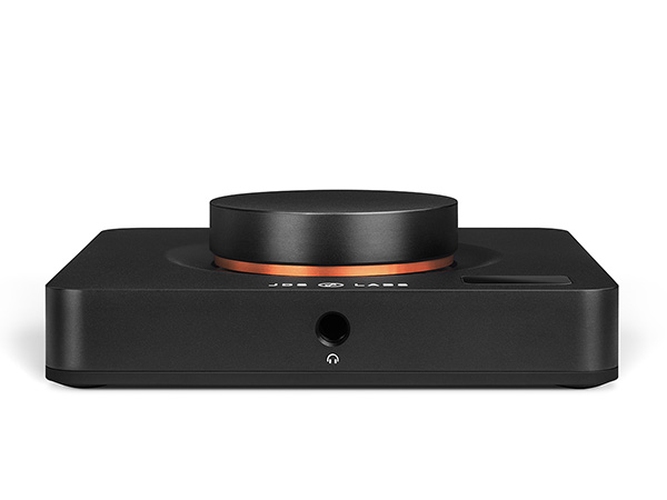
Element IV
$549.00
- Covered by our 2-year transferable warranty
Simplified Audio, Re-engineered
We redesigned Element II to maximize your desktop audio experience. Element II packs the performance you expect from JDS Labs into a precision machined aluminum chassis, with an equally impressive 32/384k DAC, and button activated preamp RCA outputs. Enjoy the comfortable knob and seamless transitions between your powered speakers and headphones!
It's extremely simple, it makes my desk look clean, and everything I put on it sounds absolutely phenomenal.
Subjectively it is all you want in a desktop product to drive headphones.
No one should want more than what this dac/amp is giving you, especially for the money, especially for the looks.
Gallery
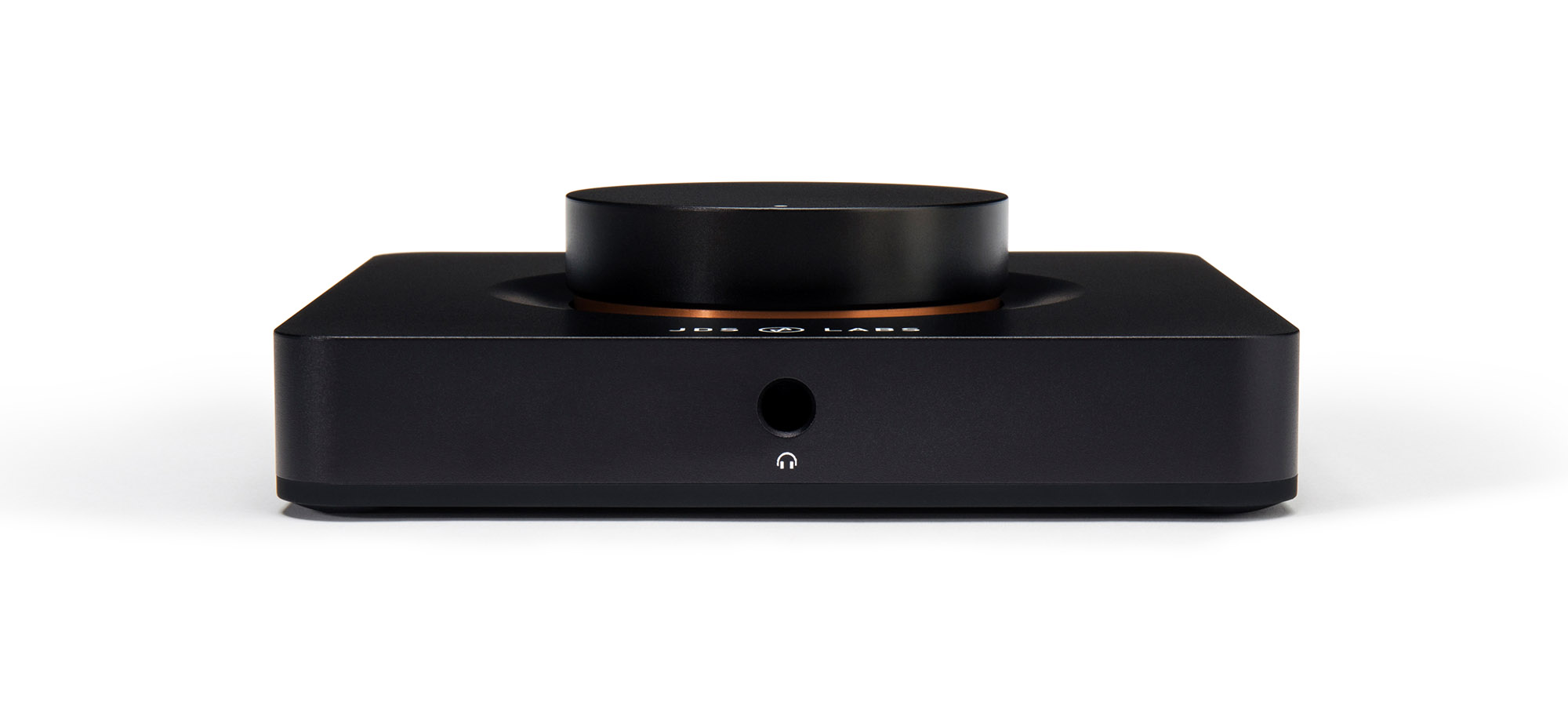
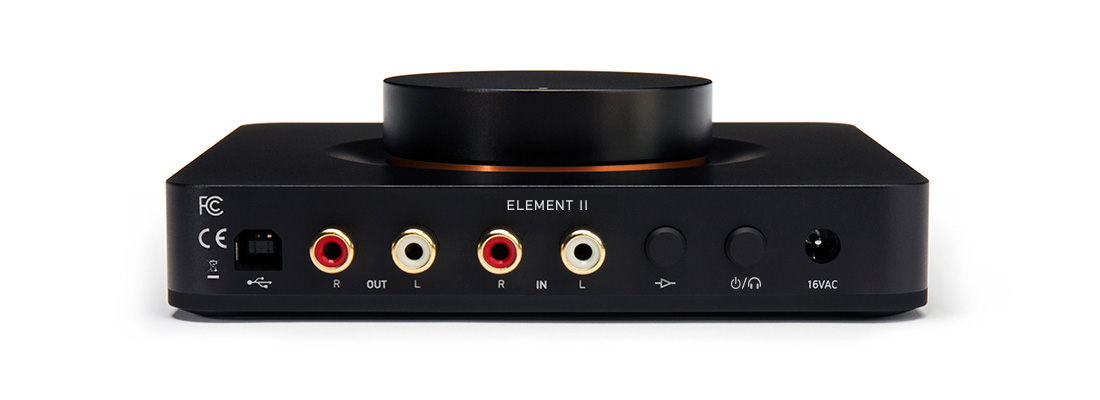

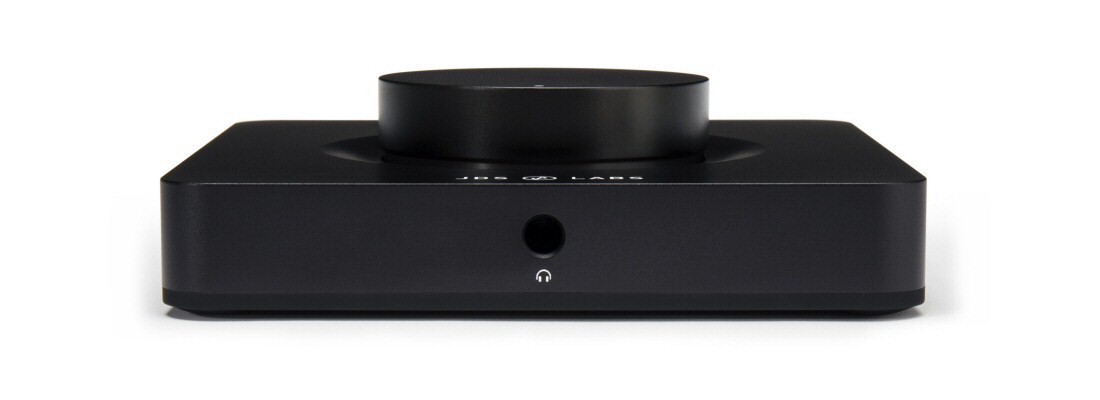
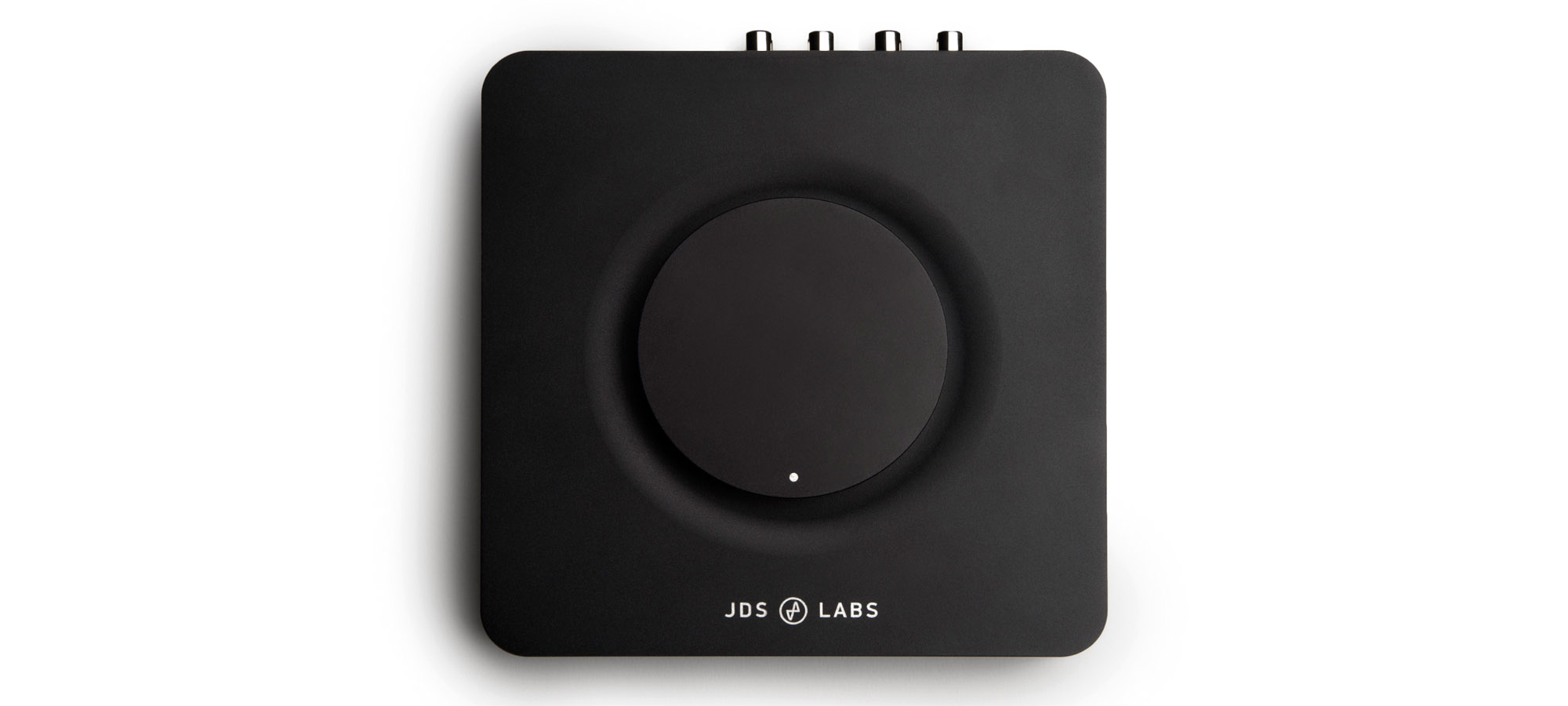
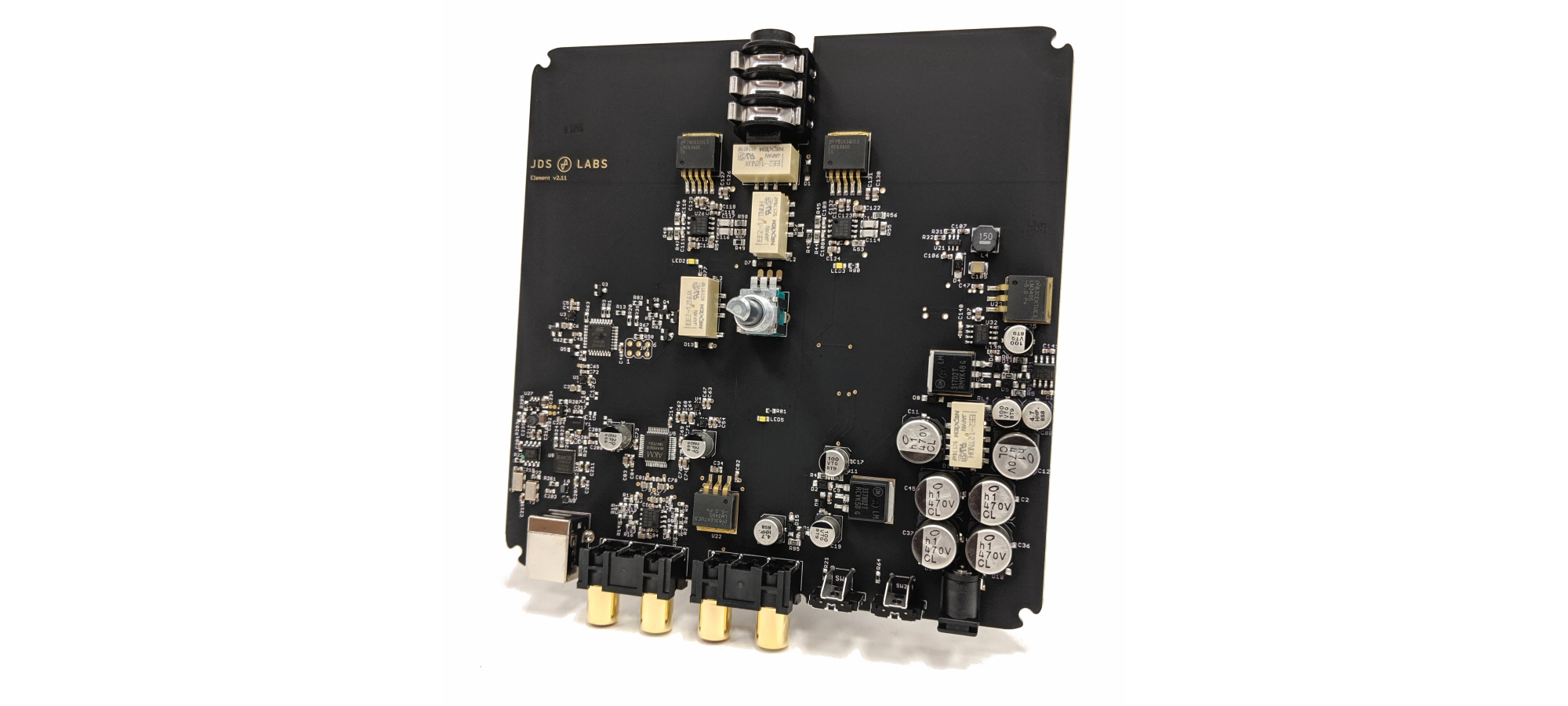
Features
PREAMP OUTPUTS
Element II provides preamp RCA outputs, so that you can control volume of your powered speakers.
OUTPUT SELECTION
The Mode button allows you to toggle between headphones and powered speakers. No need to disconnect cables!
ULTRA HIGH POWER
With +/-15VDC rails and continuous max power of 1.3W, Element II drives all headphones on the market to extroardinary levels, from balanced armatures to planar magnetics.
TOP PERFORMANCE
Element II is our most advanced amp+DAC to date, achieving top performance from its 4-layer, star grounded layout.
DUAL GAIN
Low gain of 1.0x is well suited to driving efficient IEMs, while High gain easily powers demanding full size sets.
RELAY MUTING
Designed for desktop listening, Element II's full relay muting eliminates pops and thumps during startup through both its headphone and preamp outputs.
MEMS OSCILLATOR
Element II's USB DAC is clocked by an SiTime MEMS oscillator with ±10ppm frequency stability, delivering pristine jitter.
USB AUDIO CLASS 2
Element II supports up to 32/384kHz PCM over a custom XMOS XU208 based UAC2 engine. While we claim no measurable superiority of high sampling rates, UAC2 and ASIO support satisfy your pursuit of bitperfect listening.
AC TRANSFORMER
Element II's amplifier and DAC are 100% powered by its external AC transformer, with 12 regulators ensuring consistent rail voltage and super low ripple.
Specifications
DAC Performance
- Frequency Response 10Hz-20kHz +/- 0.13 dB
- THD+N 20Hz-20kHz < 0.001%
- IMD CCIF 19/20 kHz -6.03 dBFS 0.00041%
- IMD SMPTE -6.03 dBFS 0.00029%
- Noise (A-Weighted) -109 dBu
- Dynamic Range (A-Weighted) 118 dB
- Linearity Error -90 dBFS 0.0 dB
- Crosstalk -10 dBFS 100K RCA -107 dB
- USB Jitter Components 12 kHz -127 dB
Amp Performance
- Frequency Response 10Hz-20kHz +/- 0.02 dB
- THD+N 1Khz, 150 Ω 0.0008%
- THD+N 20Hz-20kHz < 0.001%
- IMD CCIF 19/20 kHz -6.03 dBFS 0.0001%
- IMD SMPTE -6.03 dBFS 0.0005%
- Noise (A-Weighted) -115 dBu
- Crosstalk -10 dBFS 100K RCA -88 dB
- Output Impedance < 0.7 Ω
- Channel Balance +/- 0.56 dB
- Max Continuous Power, 600 Ω 165 mW (9.9 VRMS)
- Max Continuous Power, 150 Ω 656 mW (9.9 VRMS)
- Max Continuous Power, 32 Ω 1.3 W (6.53 VRMS)
Dimensions
- Case Dimensions 5.8 x 5.8 x 1.6 in
- Weight 18 oz
Data Support
- Interface USB Audio Class 2
- Windows 7/8/10/11, macOS, Linux, Android, iOS 16, 24, 32-bit @ 44.1, 48, 88.2, 96, 176.4, 192, 384 kHz
Connectivity
- Analog Input RCA
- Preamp Output RCA
- Digital Input USB - Type B
Configuration
- Headphone Output 6.35mm (1/4")
- Dual Gain 1.0x and 4.73x
- Volume Potentiometer Taper Alps 15A
Packaged Items
- Element II, Amplifier+DAC
- 16VAC Power Adapter
- 3ft USB Type A to Type B Cable w/Ferrite
Drivers
-
XMOS Driver v6.00 for Win 10/11
This driver supports Windows 10/11 under x86/x64/arm64 and is optional. No drivers are required for macOS, Linux, or Windows 10/11.
This driver enables ASIO support, provides the ability to view and adjust Buffer Settings (latency), supports 16/24/32-bitrates, and adds full DSD64-128 support to Atom DAC+, Atom DAC 2, EL DAC II+, and Element III (MK2), and Element IV.
All XMOS based JDS Labs DACs are supported, including:
- Element IV
- Element III (MK2)
- Atom DAC 2
- Atom DAC(+)
- EL DAC II(+)
- Element II
This driver is developed and maintained by Thesycon, and licensed to JDS Labs. Please find the full change log at TUSBAudio_history.txt.
-
Optional - XMOS Firmware Update Utility (DFU) for Win 10/11
This optional application for Windows 10/11 allows you to install firmware updates to XMOS based JDS Labs DACS, including:
- Element III
- Element II
- EL DAC II(+)
- Atom DAC(+)
- Atom DAC 2
To use, unzip the folder and follow instructions in the article How to Install an XMOS Firmware Update.
-
XMOS Driver v4.13.0 for Win7/8 - Element II
Archived XMOS driver v4.13.0 is required for UAC2 in Windows 7/8. Alternatively, you may use UAC1 fallback.
For Win10/11, please use the most recent XMOS driver v5.30.0.
Firmware
-
Element II - Optional Firmware v1.3.A (PS4/PS5)
WINDOWS 10/11 INSTALLATION
Please install the latest XMOS Driver, then use the Optional XMOS Driver and XMOS Firmware Update Utility (DFU).MAC OR LINUX INSTALLATION
Please refer to: https://github.com/jdslabs/xmos_dfuElement II firmware v1.3.A, dated 04/23/2021, is recommended for use with PS4/PS5 and all modern operating systems (macOS, Win XP/7/8/10, iOS, Android, and Linux). Operating system volume will remain locked to 100%, as required for PS4/PS5.
This version supports UAC2 with auto fallback to UAC1 when connected to a USB 1.1 hub or isolator, and supports connection to Android and iOS devices without a USB hub.
For more information and Installation guidance, please see Custom Firmware Builds.
-
Element II - Optional Firmware v1.3.9
WINDOWS 10/11 INSTALLATION
Please install the latest XMOS Driver, then use the Optional XMOS Driver and XMOS Firmware Update Utility (DFU).MAC OR LINUX INSTALLATION
Please refer to: https://github.com/jdslabs/xmos_dfuElement II firmware v1.3.9, dated 04/01/2021, is recommended for use with most operating systems.
This version supports UAC2 with auto fallback to UAC1 when connected to a USB 1.1 hub or isolator, and supports connection to Android and iOS devices without a USB hub.
For more information and Installation guidance, please see Custom Firmware Builds.


